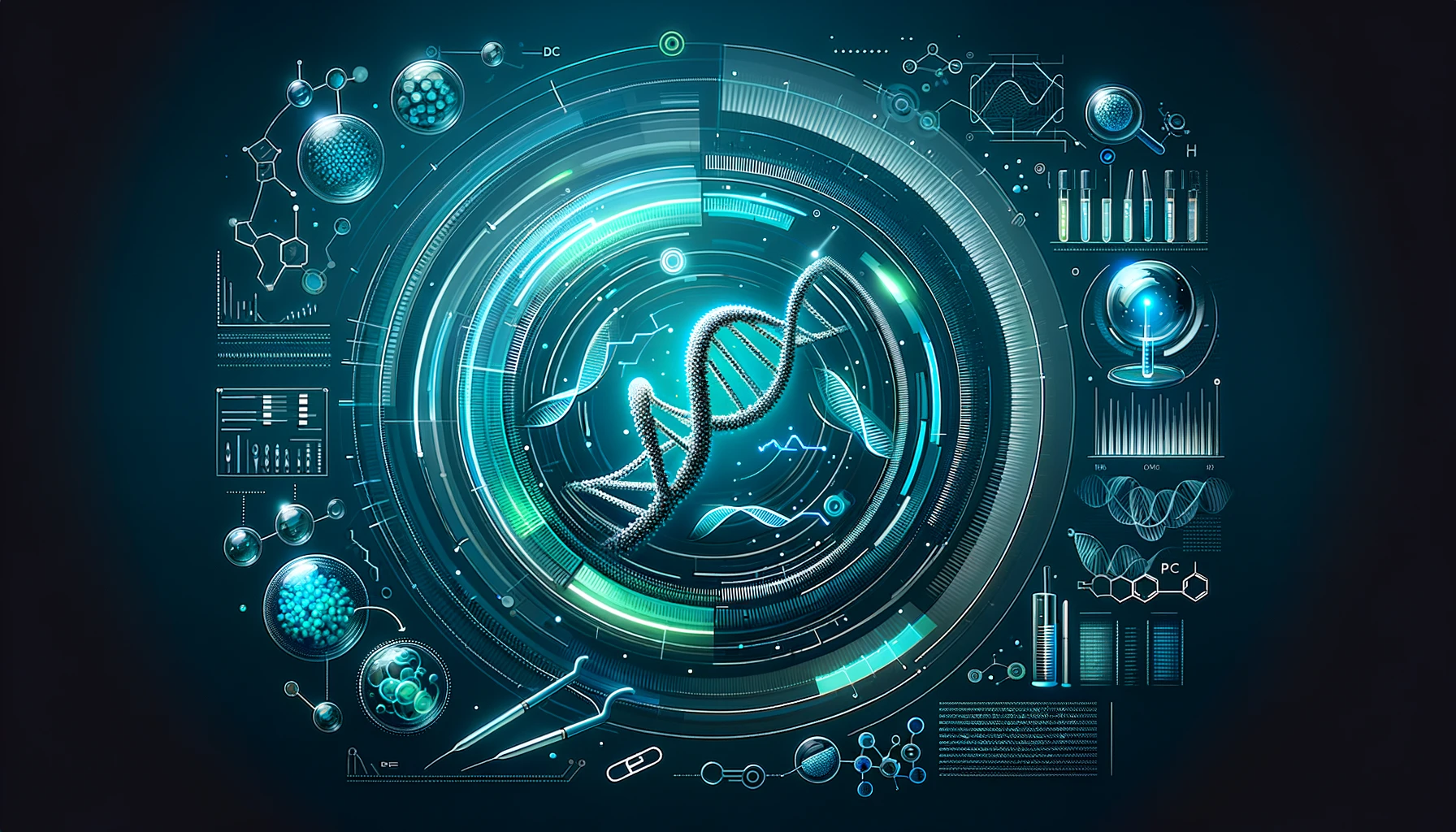3 Mistakes You Should Avoid In PCR Genotyping
For many reasons, genotyping has settled into our everyday lives. It provides information for our medical records, scientific research and even for antibiotic resistance. But first, what is Genotyping? Genotyping is a technology that determines an individual or animal’s genotype. Genotypes are usually small genetic differences which could cause important physical changes. For example, in … Read more








